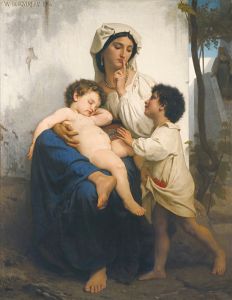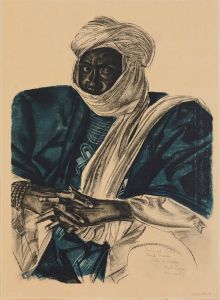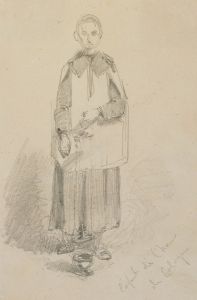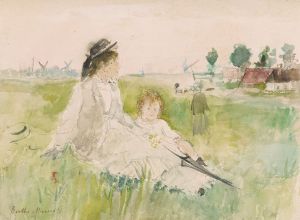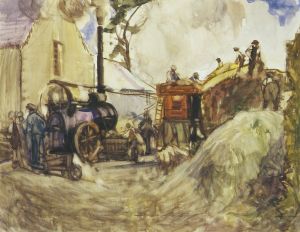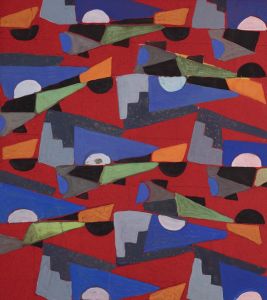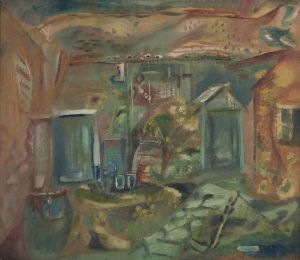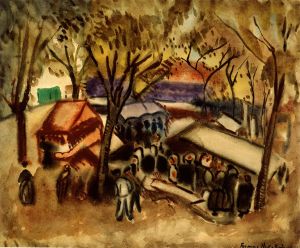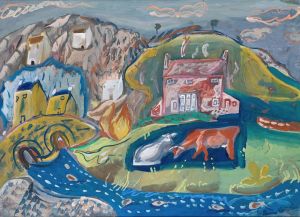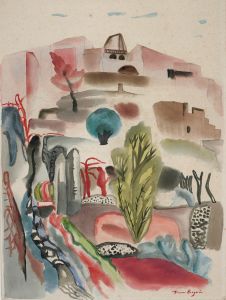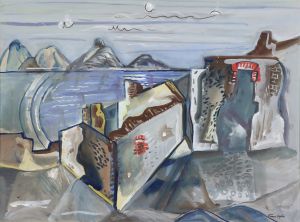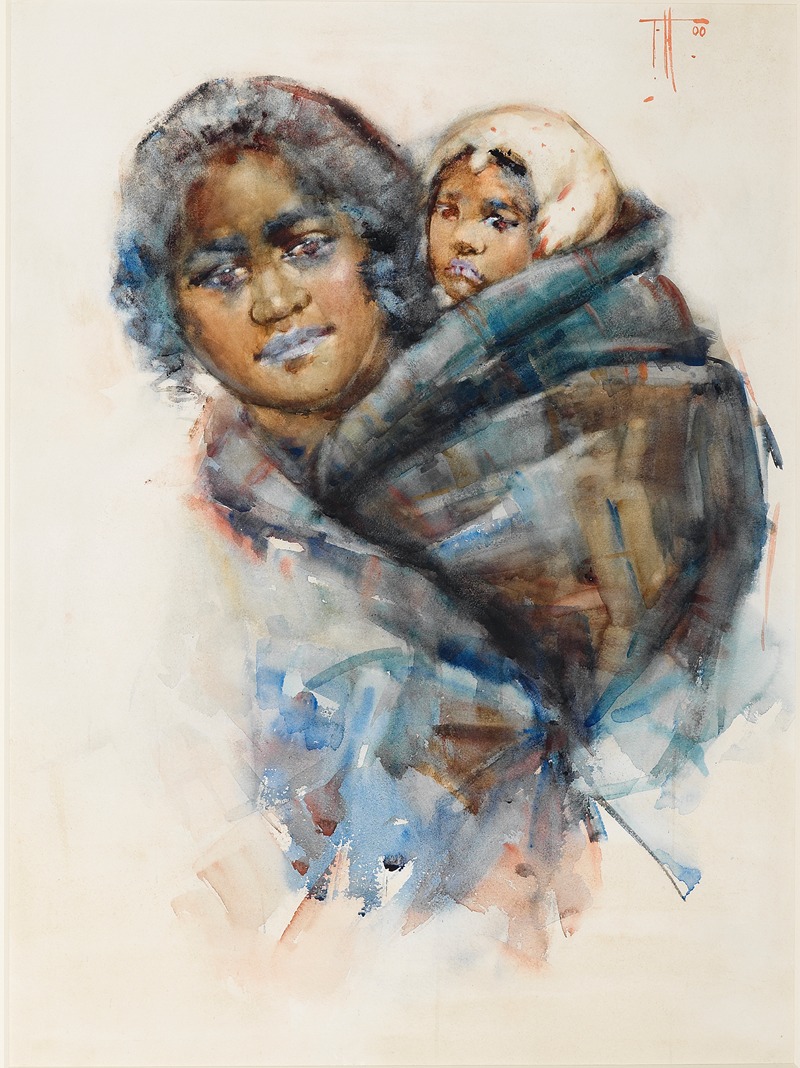
Maori woman and child
A hand-painted replica of Frances Hodgkins’s masterpiece Maori woman and child, meticulously crafted by professional artists to capture the true essence of the original. Each piece is created with museum-quality canvas and rare mineral pigments, carefully painted by experienced artists with delicate brushstrokes and rich, layered colors to perfectly recreate the texture of the original artwork. Unlike machine-printed reproductions, this hand-painted version brings the painting to life, infused with the artist’s emotions and skill in every stroke. Whether for personal collection or home decoration, it instantly elevates the artistic atmosphere of any space.
"Maori Woman and Child" is a notable painting by the New Zealand-born artist Frances Hodgkins, created in 1902. Frances Hodgkins is recognized as one of New Zealand's most significant artists, known for her contributions to modernist painting. Her work often reflects a blend of her New Zealand heritage and her experiences in Europe, where she spent much of her career.
The painting "Maori Woman and Child" is an important piece in Hodgkins' oeuvre, as it captures a subject matter that connects deeply with her roots in New Zealand. The artwork depicts a Māori woman and her child, showcasing Hodgkins' interest in portraying indigenous subjects during her early career. This painting is one of the few works by Hodgkins that directly addresses Māori themes, making it a significant piece in understanding her artistic development and cultural engagement.
Hodgkins was born in Dunedin, New Zealand, in 1869, into a family that encouraged her artistic pursuits. She studied at the Dunedin School of Art and later traveled to Europe to further her education and career. Her time in Europe exposed her to various art movements and styles, which influenced her evolving artistic style. However, her early works, including "Maori Woman and Child," were created before she fully embraced modernism.
In "Maori Woman and Child," Hodgkins employs a style that reflects her academic training, with a focus on realistic representation and attention to detail. The painting is characterized by its careful rendering of the figures, capturing the dignity and grace of the subjects. The use of color and light in the painting highlights Hodgkins' skill in creating depth and atmosphere, drawing the viewer's attention to the emotional connection between the mother and child.
The painting is significant not only for its artistic qualities but also for its cultural representation. During the early 20th century, depictions of Māori people by European artists were relatively rare, and Hodgkins' choice to focus on this subject matter demonstrates her interest in the cultural dynamics of her homeland. It provides insight into the social and cultural context of New Zealand at the time, as well as Hodgkins' personal engagement with these themes.
"Maori Woman and Child" is part of the collection at the Museum of New Zealand Te Papa Tongarewa, where it is preserved as an important work of New Zealand's artistic heritage. The painting continues to be studied and appreciated for its contribution to the understanding of Frances Hodgkins' early work and her connection to New Zealand's cultural landscape.
Overall, "Maori Woman and Child" stands as a testament to Frances Hodgkins' early artistic endeavors and her ability to capture the essence of her subjects with sensitivity and respect. It remains a valuable piece for both its artistic merit and its cultural significance, reflecting the complexities of identity and representation in the early 20th century.





